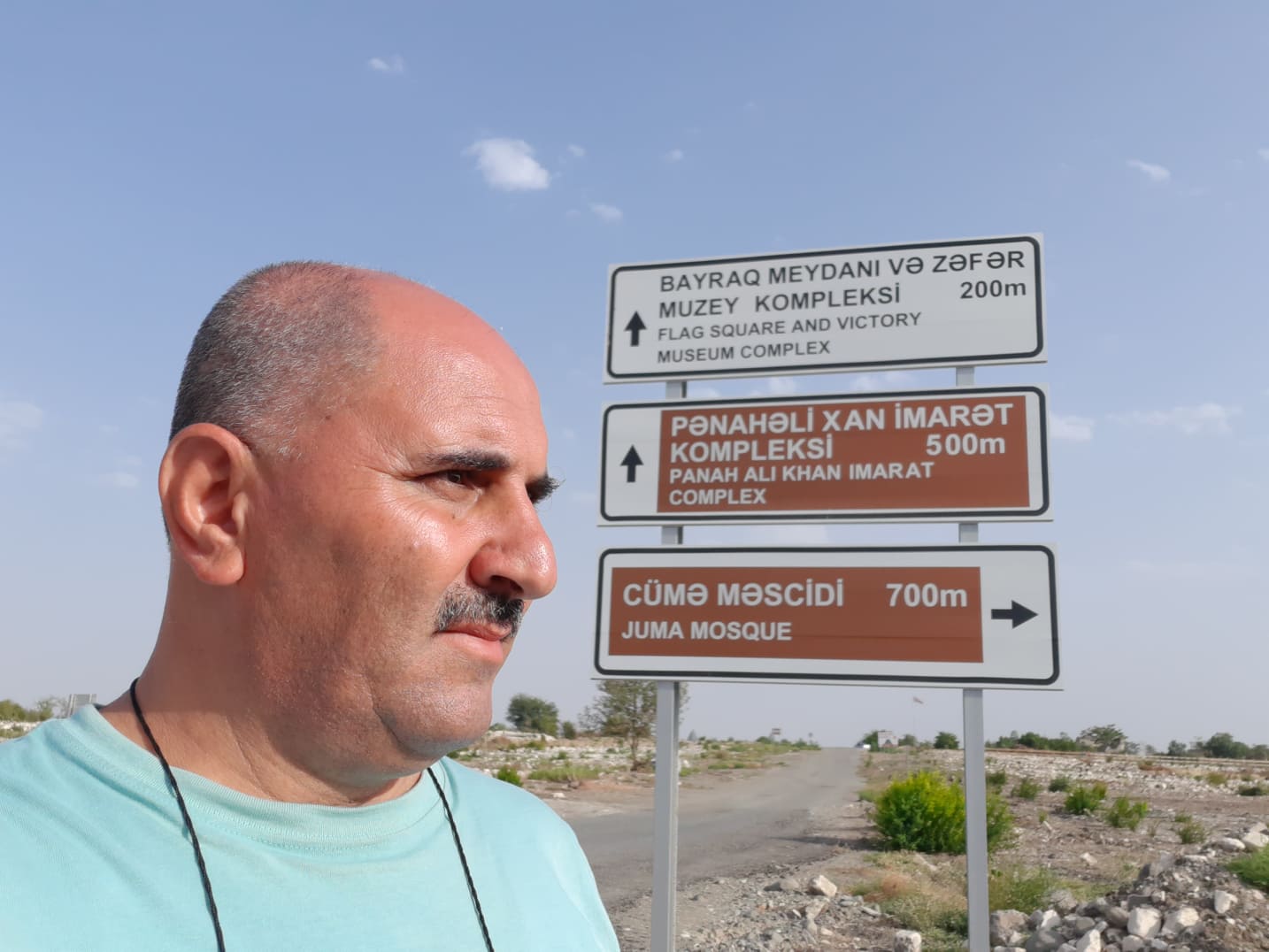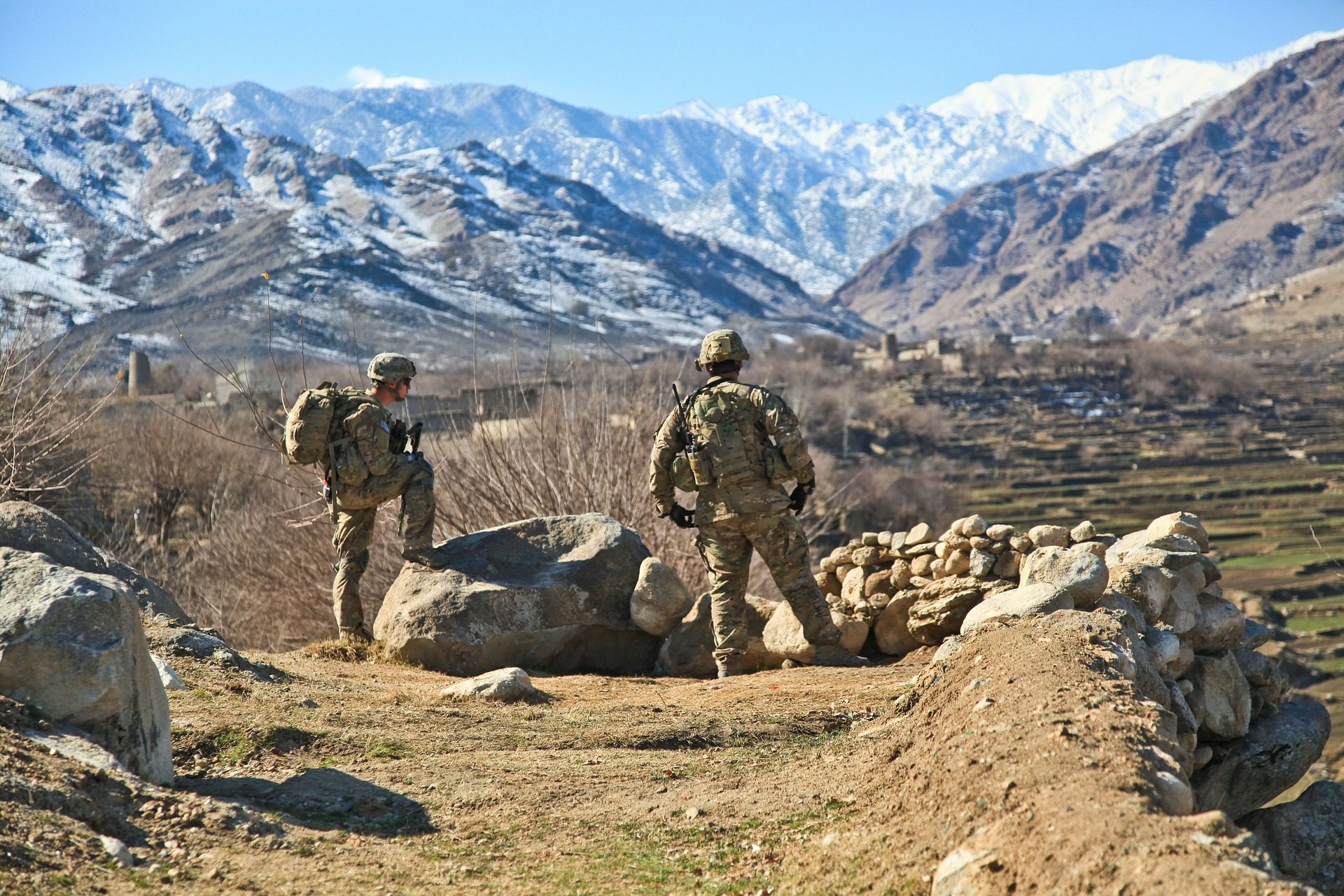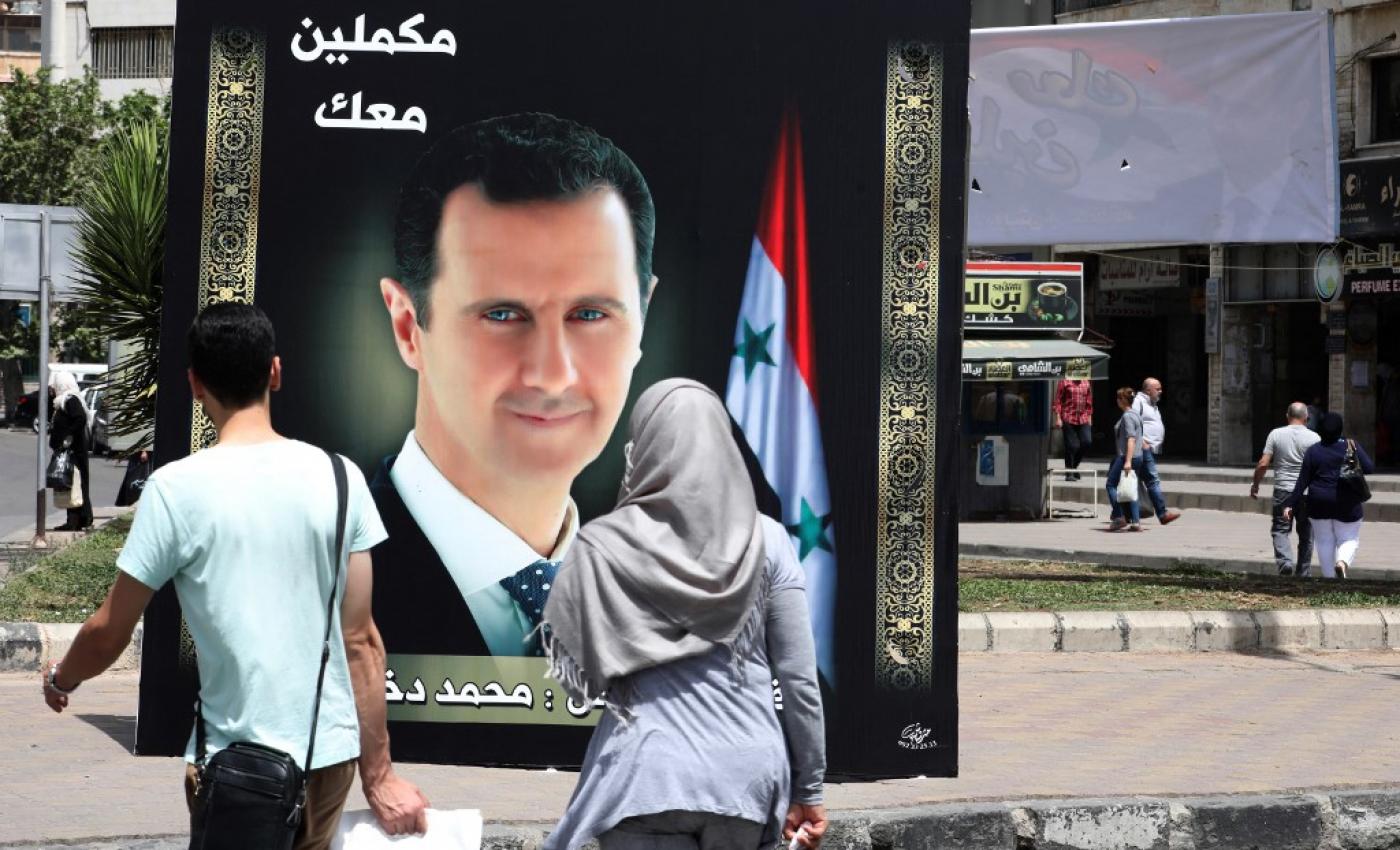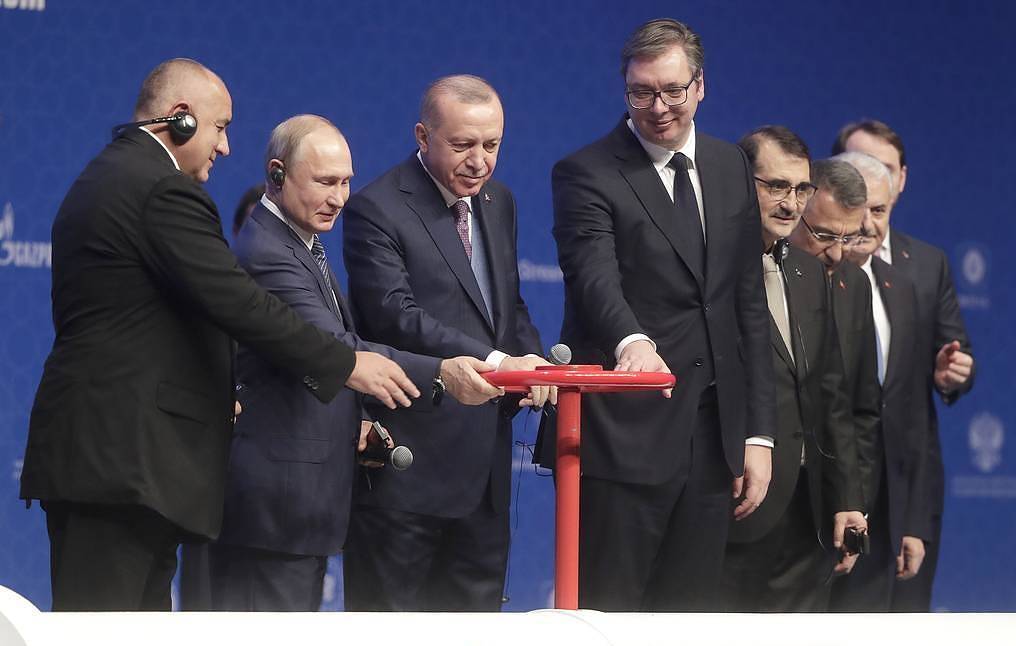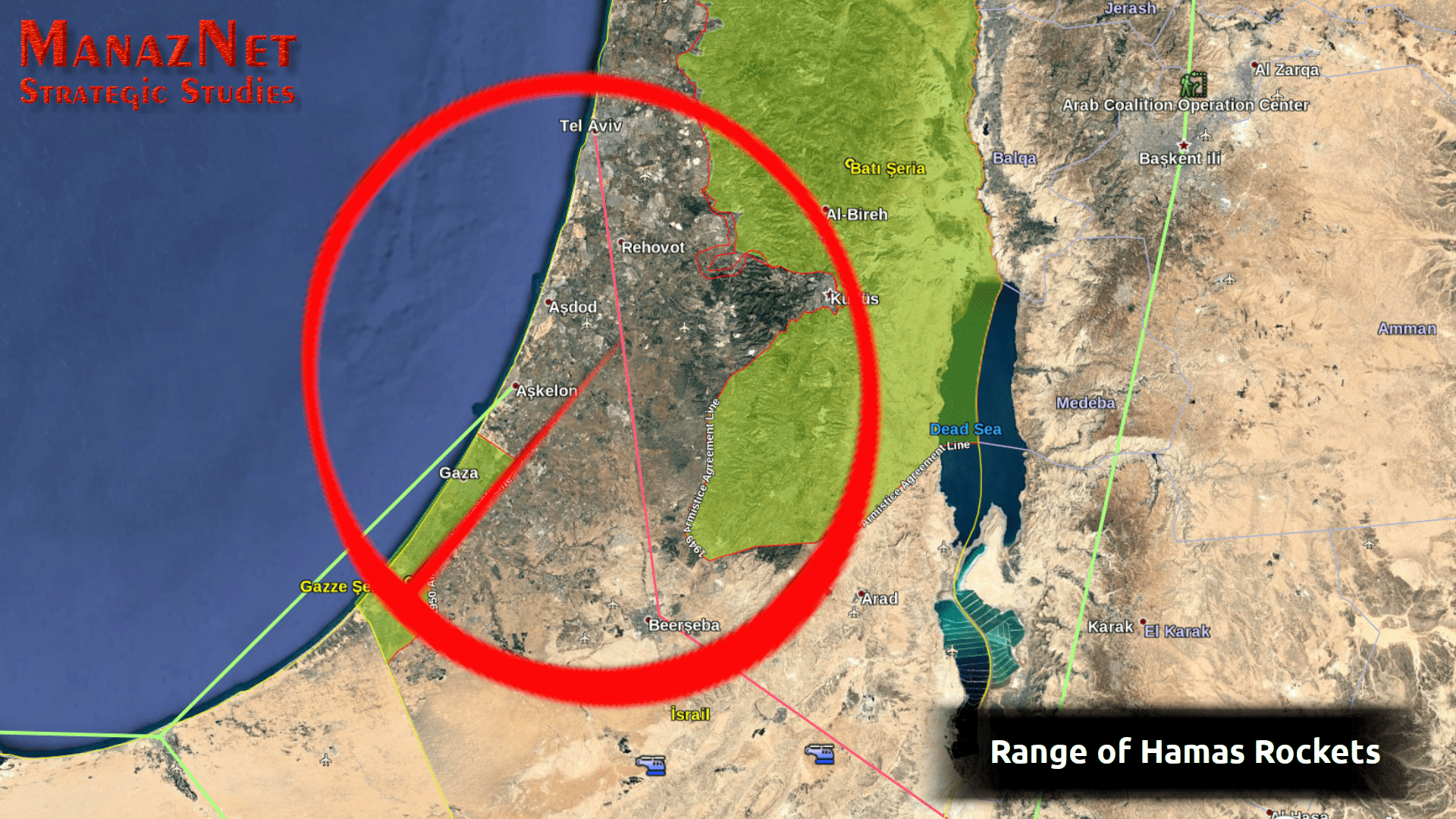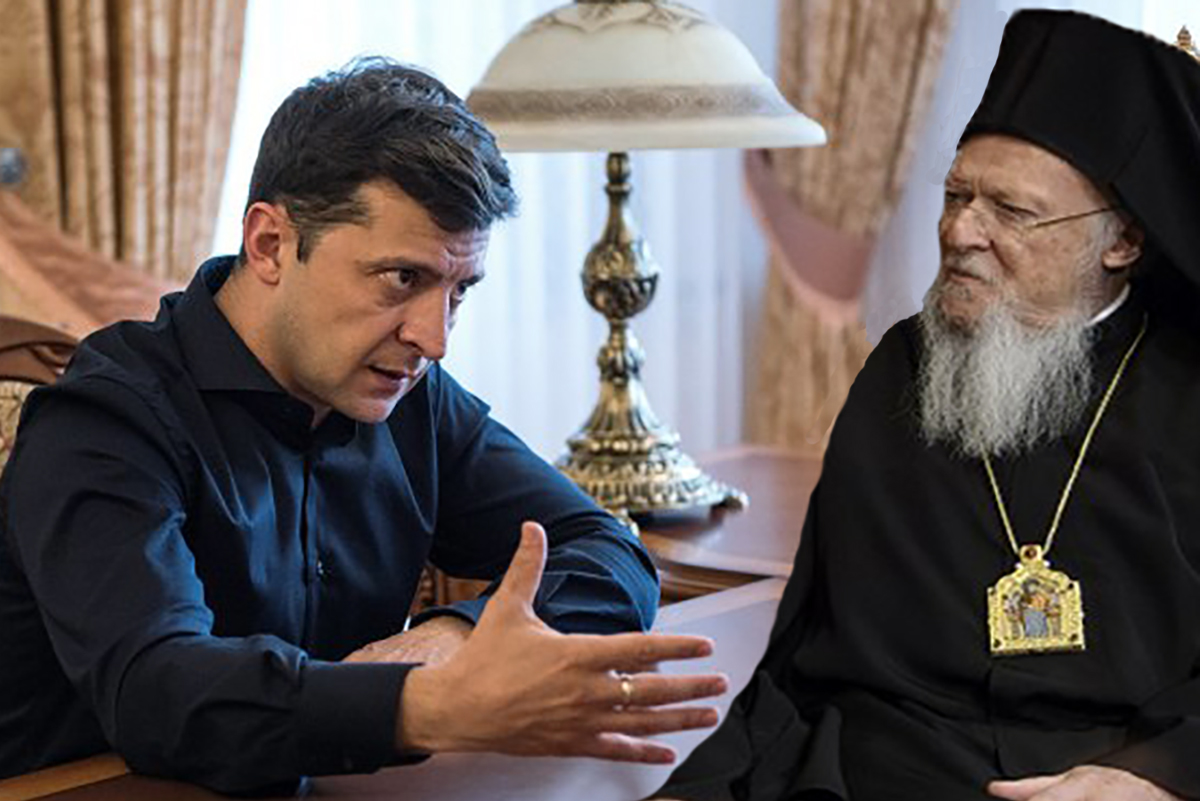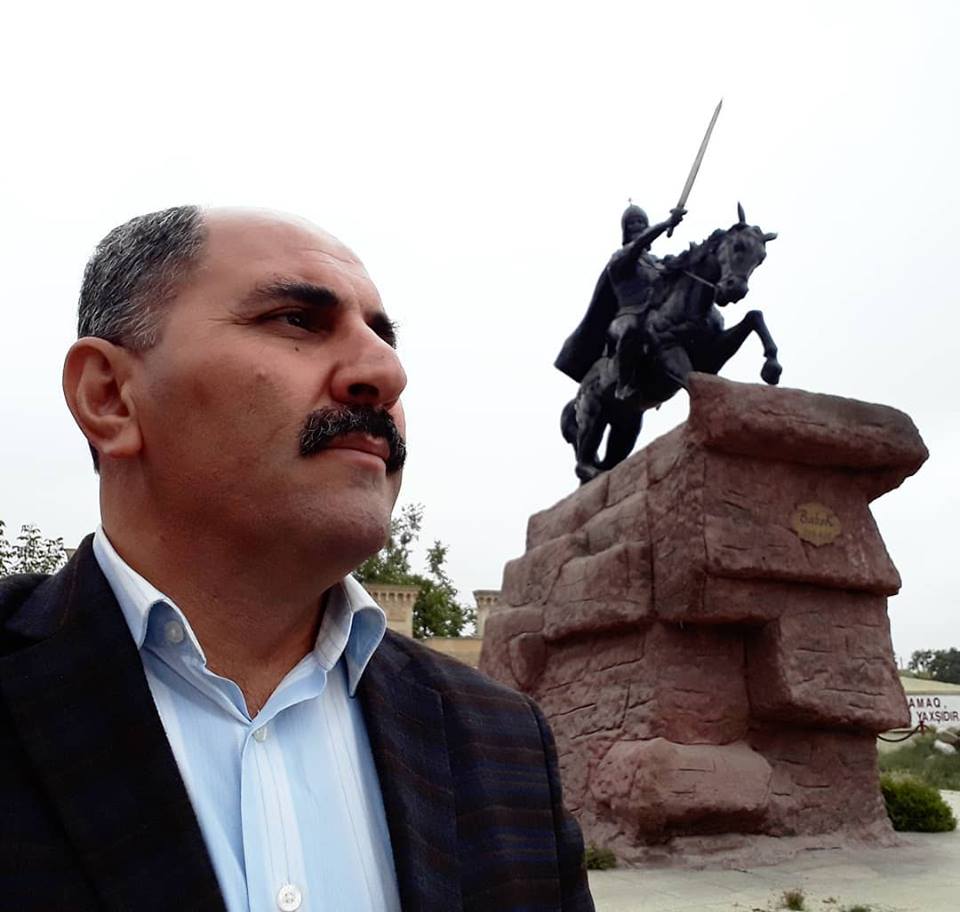
We, the people of Azerbaijan just learned that you have acted in the House of Representatives to pass the National Defense Authorization Act (NDAA) for Fiscal Year 2022, which includes an amendment in regard to our country. In your amendment we witness many fake accusations which press us to share our position openly.
First of all you claim that “On September 27, 2020, Azerbaijan, with support from Turkey and foreign militia groups, launched a military assault on Nagorno-Karabakh”, “resulting in the deaths of thousands and displacing tens of thousands of ethnic Armenian residents”.
Just to enlighten you and your supporters I’ll recall the statistics delivered by official Yerevan that about 30 civilian Armenians were killed during this 44 days of war, not thousands. And military personal which were eliminated in thousands in the territory of Azerbaijan were mostly of Armenian citizenship, not Karabakh residents. Thus Azerbaijan eliminated foreign occupants and cleansed its territories from the foreign occupants which is not against any international law or obligation.
By the way, Armenian occupant army launched dozens of rocket attacks on civil settlements of Azerbaijan out of war zone during this war and killed more than 100 civilians. Among them many kids, children and women fell victim of Armenian rockets.
Then you claim that Azerbaijan used “support from Turkey and foreign militia groups”. Are you serious? Do you know that no any foreigner fought in the side of Azerbaijan and there are no any evidences proving that? Just do not fell a victim of Armenian propaganda.
You are citing the tripartite statement by Azerbaijan, Armenia and Russia from the November 10, 2020 to end the conflict. This statement really oversees exchange of all POWs, and the conflicting sides really had returned all of them immediately after the statement was signed. Thus Azerbaijan and Armenia both have no POWs after this date. But ugly Armenian propaganda is spreading fake information that Azerbaijan is still keeping Armenian POWs. And people like you are volunteering to be a tool for this propaganda.
Again, to enlighten you, Azerbaijan has several Armenian detainees, but they are not POWs as those people were stopped and detained at the end of November 2020 while illegally entered Azerbaijani lands, killed several Azerbaijanis including civilians. They all are citizens of Armenia and captured in the territory of Azerbaijan. Even most of them are freed and returned home. Going back they claimed that Azerbaijan tortured them, but they could not provide evidences of torture.
And a question for you: if any well equipped military group would enter the US illegally and kill people what would your government do with them? In such a case would you call on the US Government as well to release these people untouched? I believe that you’ll say no.
Once, you’re citing on “The Third Geneva Convention, of which Azerbaijan is a signatory, and customary international law” which “require the release of prisoners of war and captured civilians upon the cessation of hostilities and require that all detainees be treated humanely”.
And again you are claiming that “the Government of Azerbaijan continues to detain an estimated 200 Armenian prisoners of war, hostages, and detained persons, misrepresenting their status in an attempt to justify their continued captivity”.
Again, I’ll call on you to be serious. If Azerbaijan has released all persons who were captured before the end of the war, how you can claim that my country is still keeping POWs? Just ask the Government of Armenia and they will tell you that Azerbaijan had released all detained persons who were captured during actions of war days.
While seeing your citation of the Human Rights Watch and Columbia University’s Institute for the Study of Human Rights reports, once more we see manipulation approval by such organizations. This kind of “human rights” organizations are always used as a tool to serve the interests of those who pay.
I was surprised while reading your claim that Azerbaijan could subject to sexual assaults woman detainees. Just to enlighten you once more, there is no any female detainee of Armenian origin in Azerbaijan. Even due to other crimes as we have more than 30 thousands of citizens of Armenian origin out of Karabakh, which lived all these years of conflict in peace in Azerbaijan.
You say, that “Armenia has fulfilled its obligations under the November 9 statement and international law by returning Azerbaijani prisoners of war”. You are right. And Azerbaijan did the same as the sides exchanged mutually in this regard.
Thus your demand to call on Azerbaijan to “immediately and unconditionally return all Armenian prisoners of war and captured civilians” falls apart for having no ground.
In regard to your baseless claims on “Azerbaijan’s use of white phosphorous, cluster bombs, and prohibited munitions deployed by Azerbaijan against civilians and civilian infrastructure in Nagorno Karabakh” I’d say this is a joke by your side. No evidence on these fake claims as well.
I believe that you were maybe drunk while claiming “Turkey’s and Azerbaijan’s recruitment of
foreign terrorist fighters to participate in Azerbaijan’s offensive military operations against Nagorno Karabakh between September 27, 2020, and November 9, 2020”. Why do I think so? Just for very simple reason. A person must be drunk or very far from the issue to claim this way.
Turkey helped Azerbaijan in this war in political and moral realms and we – the people of Azerbaijan and Turkey are happy with this. But no any person from Turkey or beyond was engaged in military actions in this war. For very simple reason: Azerbaijan does not need this kind of support as we have very professionally trained and well equipped Army. Plus if compare with Armenian Army and even two nations, Azerbaijan’s military, economic and human power is more from Armenia’s for several times. There is no logic to involve foreign fighters while the country has quite enough power. You as a member of Congress had to know this.
And at last I’d call on you and likewise people to stay away and let the people of Azerbaijan and Armenia to find common language. We here in the Caucasus, which is very far from the US know better how to deal with issues of conflicts between ourselves rather than you. If people like you will stay away from the issues and will not make any interference we’ll find solutions to all questions in our geography. Once we reach an agreement with Armenians you’ll see that we can live together in peace and prosperity. And without your involvement…
With hopes to be understood,
Mr. Azer HASRET
A Journalist, Human Rights and Civil Movement Activist
Former Candidate to the Parliament of Azerbaijan

